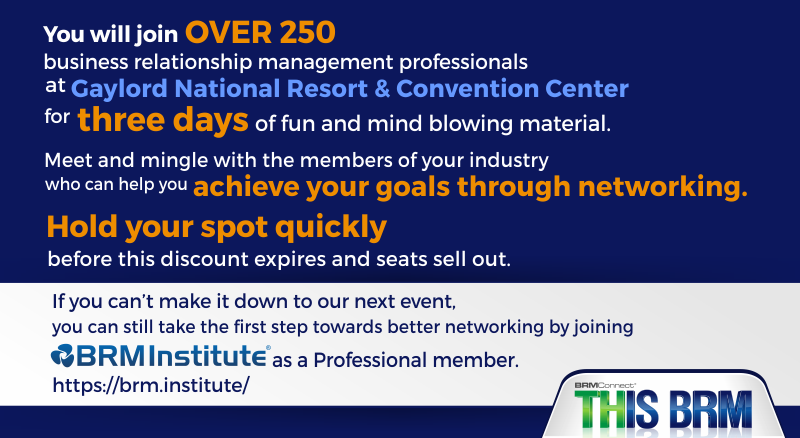Alignment vs. Convergence: What’s the Difference?
Alignment vs. Convergence: What’s the Difference?
“Alignment” refers to a business function’s (IT, HR, Finance, etc.) historical tendency to align reactively to the demands and needs of the business. From this position, the business function positions itself as a service provider and is limited to playing a supporting role in an organization.
Decisions that affect business strategy and results are made among executives within a vacuum, and the business function is expected to simply align and execute.
Alternatively, creating a culture of shared ownership of business strategy and results through convergence means stepping into a position of front-office advising and leading with business as peers. Rather than reacting to demands from the rest of the business, the business function proactively shapes demand and ensures business value results.
Essentially, shifting from a culture of alignment to one of convergence means earning the role of strategic business partner and sharing ownership of strategy and results.
Recognize that convergence is possible, and it starts with you. Stand up! Take the lead through working with your business leaders to build a BRM capability.
Register for our global BRMConnect Conference now to learn this and more.
Early Bird Discount Ends July 31, 2017!
Save an extra $150 USD by registering before July 31st. Save a total of $450 by registering before July 31st and being a Professional Member of BRM Institute. 👈 These savings pay for your membership in itself!

